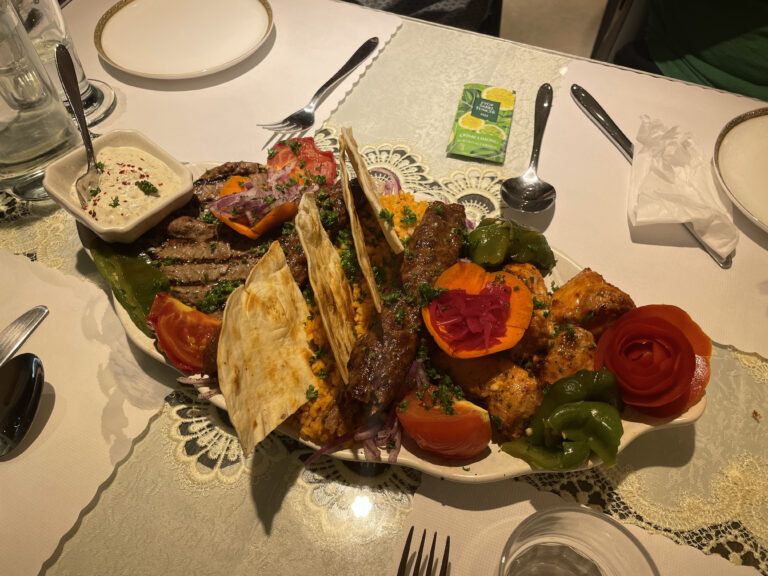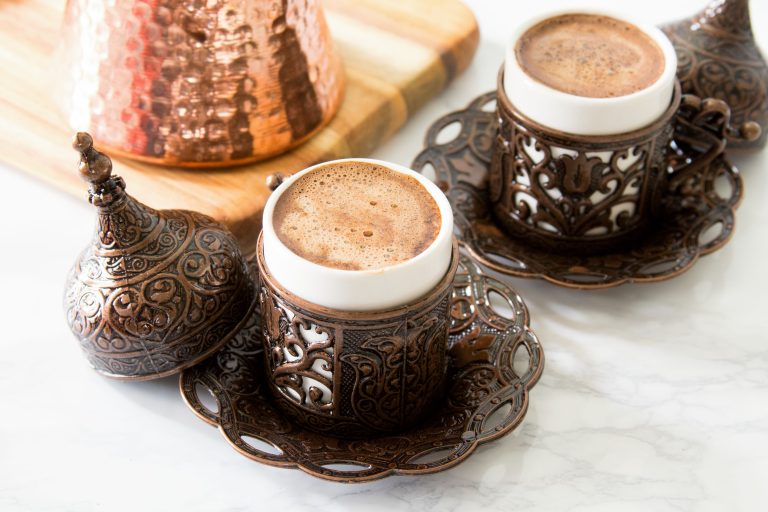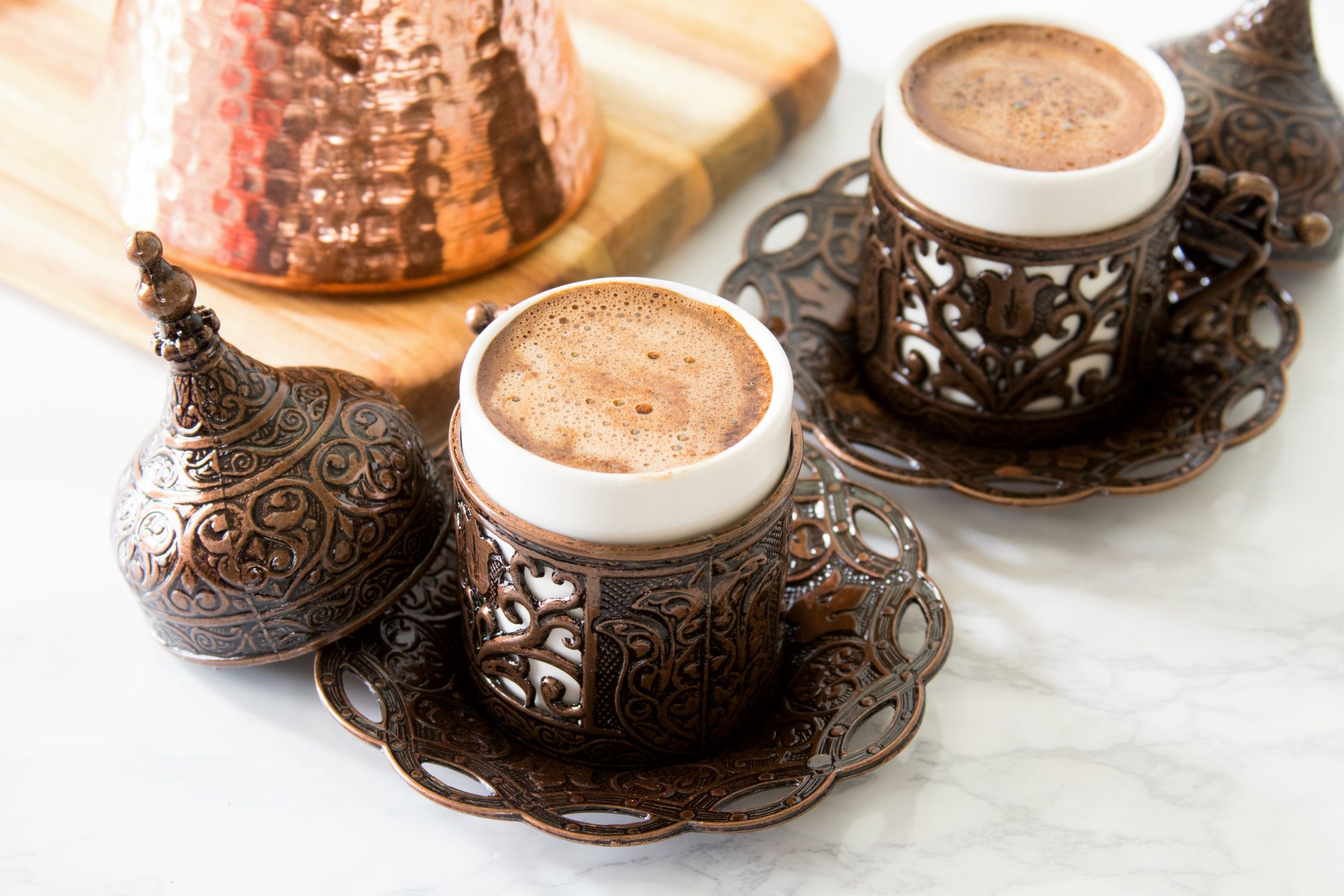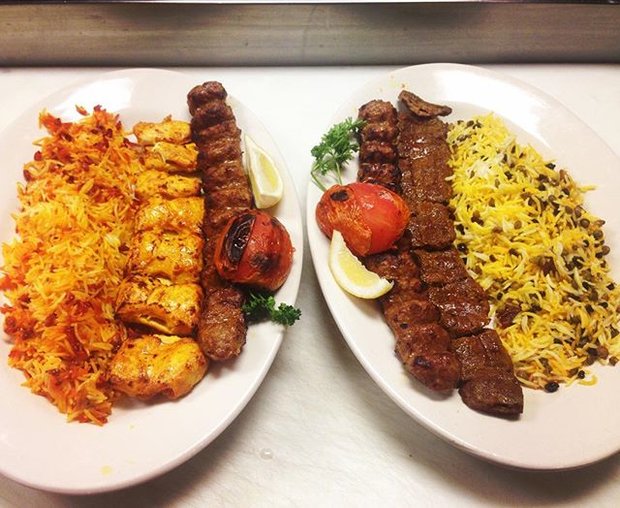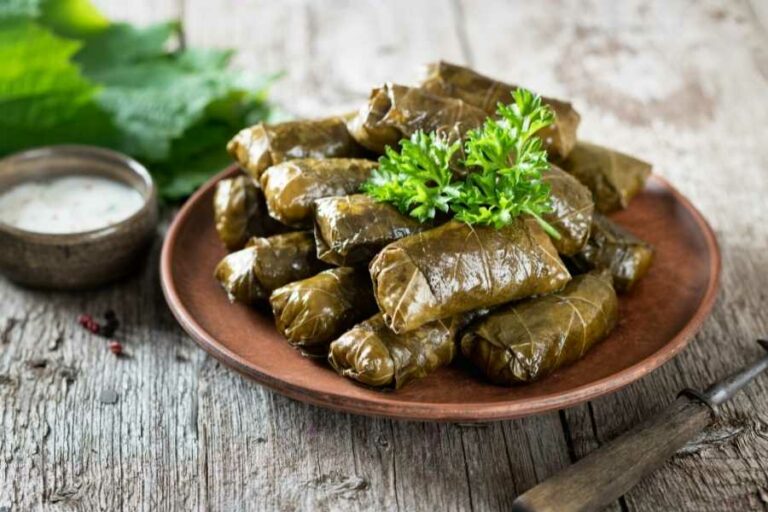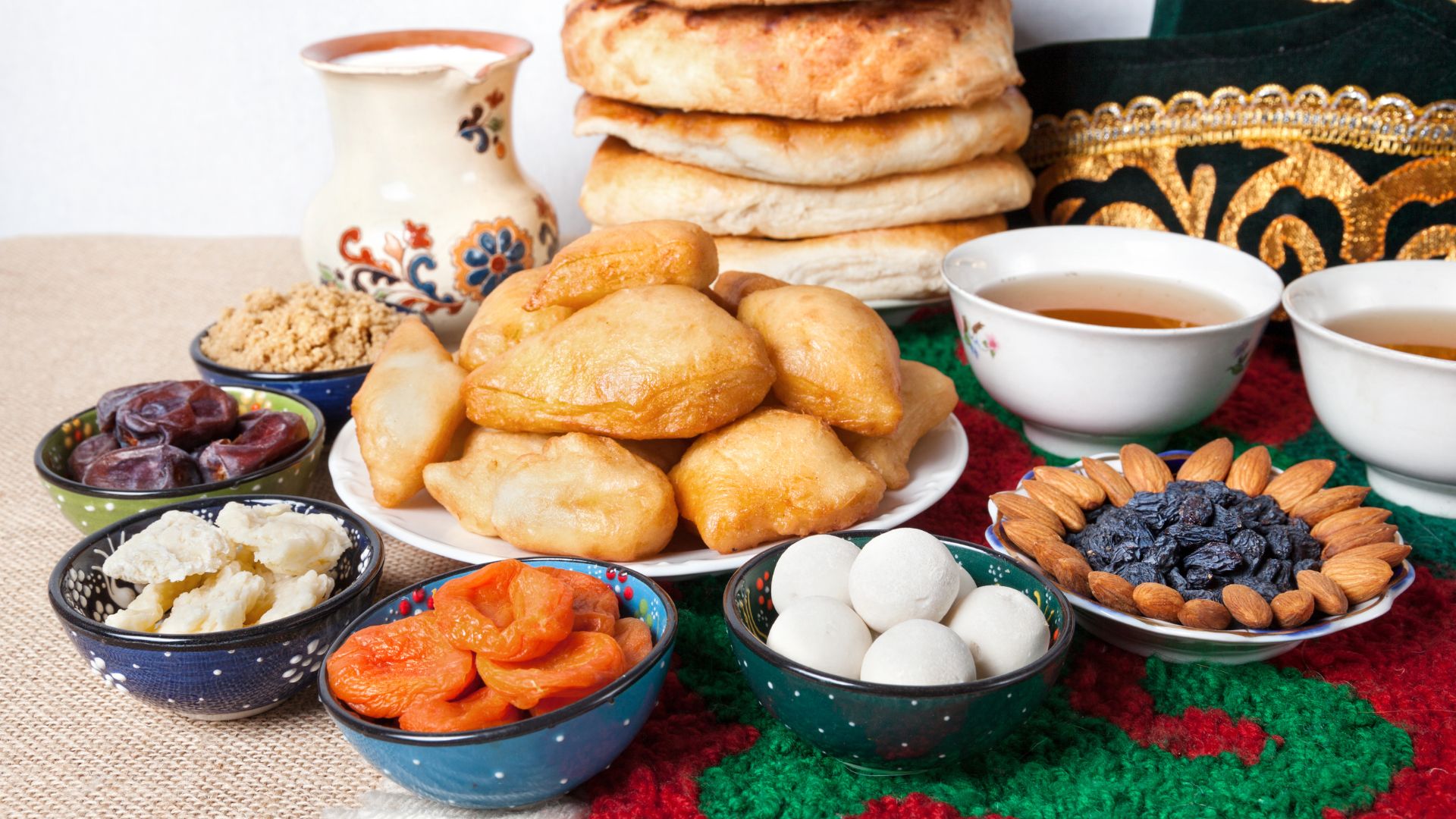Introduction: Turkish Cuisine
Turkish cuisine is known for its rich and flavorful dishes, which are influenced by the country’s diverse history and geography. The cuisine is characterized by the use of fresh ingredients, herbs, and spices, which add depth and complexity to the dishes. Turkey’s location at the crossroads of Europe and Asia has also contributed to the diversity of its cuisine, with influences from neighboring countries such as Greece, Armenia, and Iran.
Spices Used in Turkish Cooking
Spices are an essential component of Turkish cooking, and they are used to add flavor, aroma, and color to the dishes. Turkish spices are typically ground fresh and used in various combinations to create unique blends. The use of spices in Turkish cuisine is not limited to savory dishes, as they are also used in desserts and drinks.
Commonly Used Spices in Turkish Dishes
Some of the most commonly used spices in Turkish cuisine include cumin, coriander, paprika, sumac, and oregano. Cumin, for example, is used in meat dishes such as lamb kebabs and meatballs, while coriander is used in vegetable dishes and soups. Paprika is used to add color and flavor to stews and rice dishes, while sumac is used to add tanginess to salads and meat dishes. Oregano is used in tomato-based dishes, such as pizza and pasta.
Heat Levels in Turkish Food
Contrary to popular belief, Turkish food is not typically spicy. While some dishes may contain chili peppers or red pepper flakes, most Turkish dishes are seasoned with mild or medium spices that add flavor without overwhelming the palate. The use of spices is balanced to create a harmonious blend of flavors, rather than a fiery heat.
Regional Variations in Spice Usage
The use of spices in Turkish cuisine varies from region to region. For example, in the southeastern region of Turkey, which shares a border with Syria and Iraq, the cuisine is influenced by Arab and Kurdish flavors, and is characterized by the use of spices such as cinnamon, allspice, and cardamom. In the Black Sea region, on the other hand, the cuisine is known for its use of herbs such as thyme and sage, which are used to flavor meat and fish dishes.
Conclusion: The Spice Factor in Turkish Cuisine
In conclusion, Turkish cuisine is not typically spicy, but it is rich in flavor and aroma thanks to the use of fresh and dried herbs and spices. The balanced use of spices adds depth and complexity to the dishes, with regional variations adding unique flavors to the mix. Whether you prefer mild or spicy food, Turkish cuisine offers a range of dishes to suit every taste.


